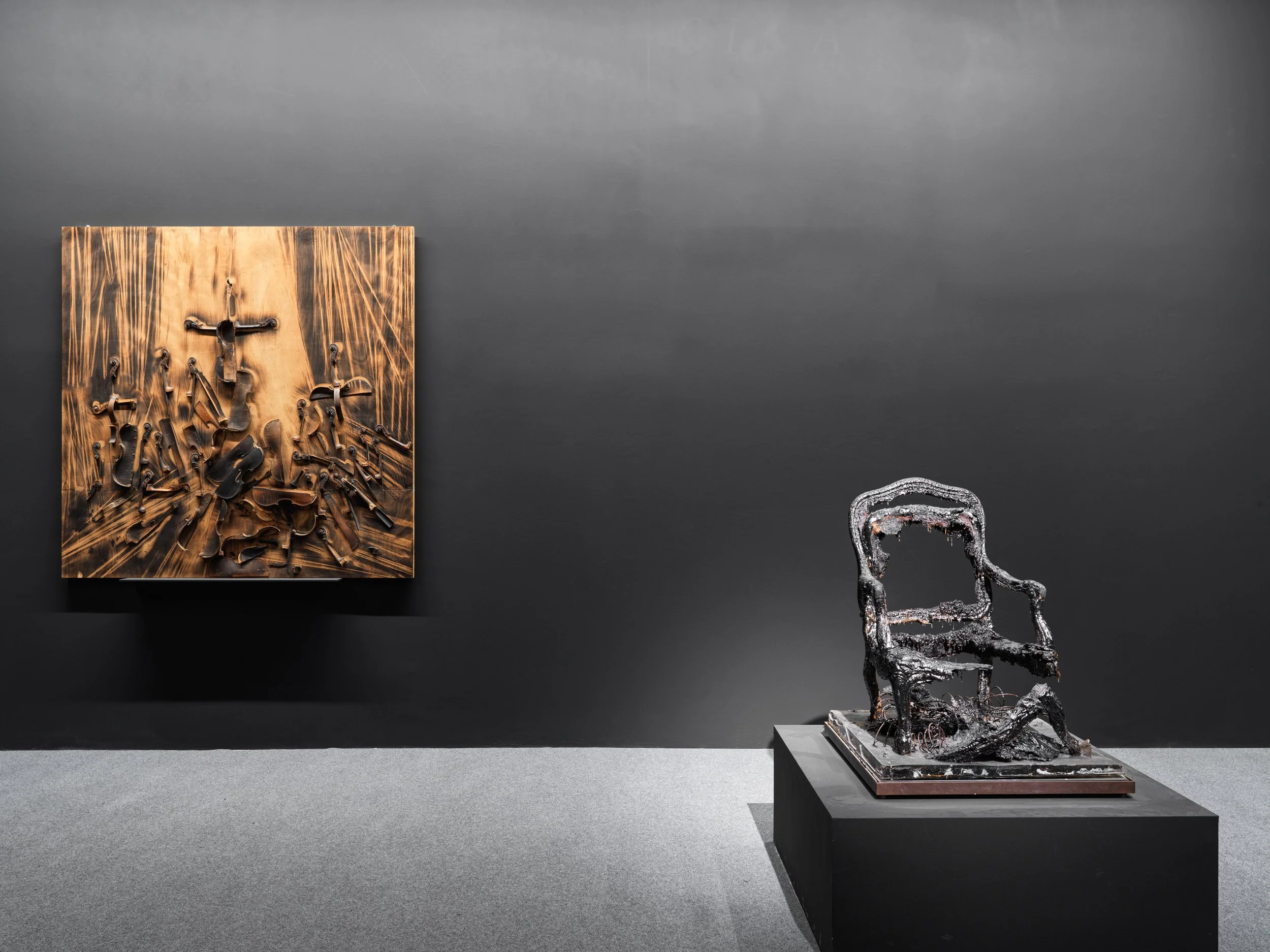On Fire
This exhibition was captured in real time using 3D scanning to produce an Interactive 3D Virtual Tour, allowing audiences to explore the space online.
Learn more about our 3D Virtual ToursTornabouni Art at Fondazione Giorgio Cini, Venice
Isola di S. Giorgio Maggiore Venezia
22 April 2022 – 24 July 2022
On Fire is the title of the first exhibition entirely dedicated to the use of fire as a means of artistic creation among the post-war avant-garde movements. The exhibition, curated by Bruno Corà and promoted by the Fondazione Giorgio Cini and Tornabuoni Art, brings together some of the most iconic works either made with fire, or that include the presence of flames. The exhibition is developed through six sections. These offer the opportunity to discover together for the first time the following ...
